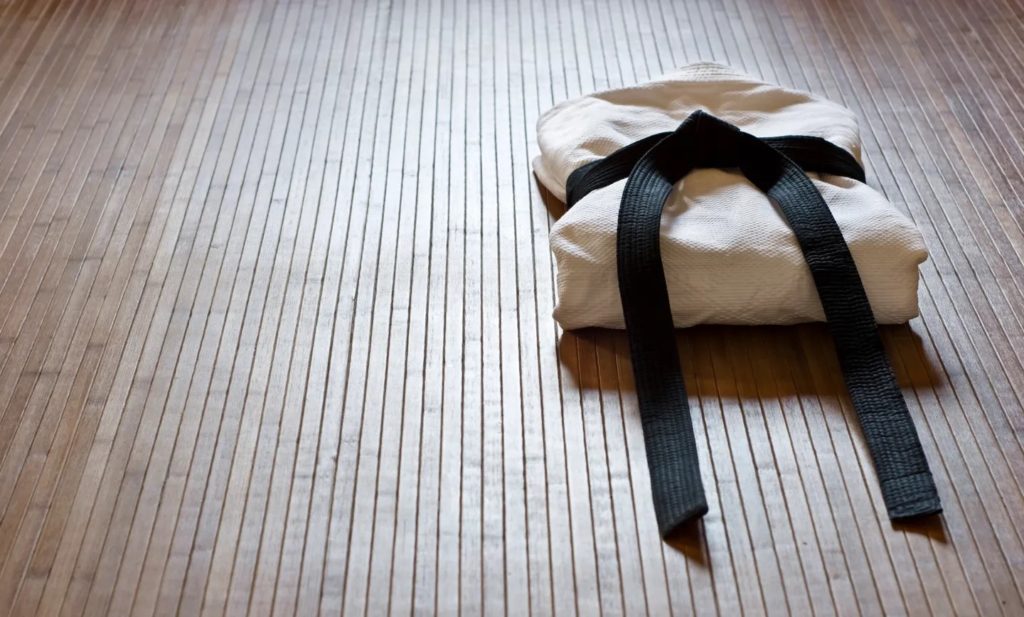Are Polypropylene Rugs Safe For Vinyl Floors
It has some excellent characteristics that make it an ideal choice for rugs and carpets. This rug prevents my polypropylene rugs from damaging and discoloring my floors that why i highly recommend it to people who have hardwood floors
Rubber rug pads and vinyl floors. With millions of unique furniture decor and housewares options well help you find the perfect solution for your style and your home. These materials are made in a laboratory from petroleum and are then distributed throughout factories in order to be machine woven into rugs.
Rugs work well on durable laminate flooring in high traffic areas and hallways or other pivotal points in the home according to wolfe flooring. Im going to go straight to the point and answer this question in just nine words do not use polypropylene rugs on vinyl your floors because you are going to be very disappointed. Not a match made in heaven while vinyl usually durable and low mantainence it can be damaged by certain materials found in many rug pads.
Pros and cons of using polypropylene rugs that you shouldnt ignore. Polypropylene rugs can easily damage and scratch your vinyl floors that is why you need to stay away from these types of rugs if you have sensitive floors. Rubber both the natural and synthetic is not safe to use with vinyl floors because it reacts with the chemicals found in vinyl and causes staining.
Polypropylene or olefin is a popular and versatile fiber usually used for making carpets after nylon. Using a rug backing for laminate floors will help keep the dyes from the rug from leaching through the flooring. This rug is machine woven from stain and fade resistant polypropylene over latex in a medium 025 pile perfect for rolling out in a well traveled den or dining room prone to spills and stains.
A chemical reaction often occurs between rubber backed rugs and mats and the vinyl beneath them permanently staining the floor. This homequicks write up tells you some pros and cons of polypropylene rugs. Are polypropylene rugs safe to use on unfinished hardwood floor.
Avoid rubber and latex mats if possible. No do not use polypropylene rugs on any type of hardwood floors unless you have a rug pad that you can put underneath the rug. Polypropylene rugs are not safe to use on wood flooring.
Its a pricey lesson all too many homeowners have learned the hard way and is the result of antioxidants that are added to the rubber during manufacturing to keep it from drying out. Available in a curated selection of sizes to best suit your decor this rug works well when paired with a rug pad to prevent shifting and sliding. Look for rugs that are non staining or labeled as colorfast or safe for use with hardwoods.
Synthetic rugs are produced with the help of man made fibers like polypropylene also known as olefin acrylic polyester and nylon. Regarding rugs it is best to use non staining vinyl backed mats or any rug that is labeled as colorfast area rugs that say safe for use with hardwoods should be just fine.
https://vinylflooring45.blogspot.com/2020/09/are-polypropylene-rugs-safe-for-vinyl.html

